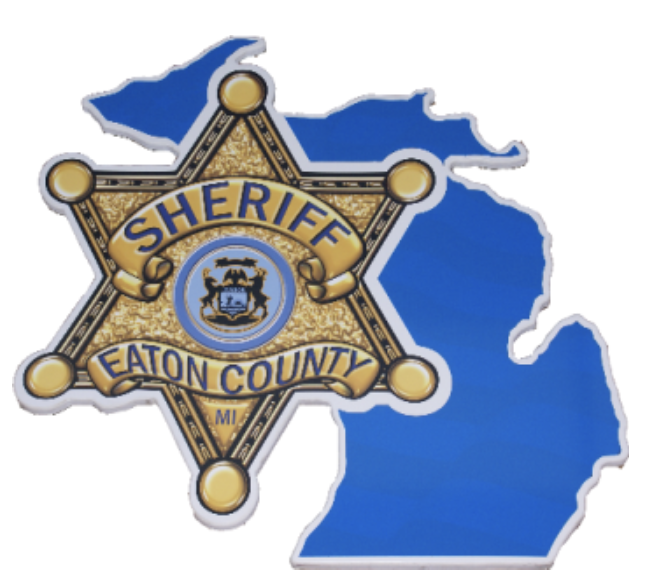EAST LANSING, MI — With 139 years separating us from the official end of slavery, the oppression that marked the first two centuries of American history may seem simply like an ugly, but ancient, chapter from our school books. But from the village that would one day become Manhattan to the small tobacco farms of British Virginia, from the sweltering fields of lucrative Carolina plantations to the construction sites of icons like the U.S. Capitol, it was millions of enslaved men, women and children who turned a barely charted territory with a shaky future into one of the strongest and richest nations in the world.
“Slavery was no side show in American history — it was the main event,” says historian James Horton.
The groundbreaking four-part SLAVERY AND THE MAKING OF AMERICA, chronicles the institution of American slavery from its origins in 1619 — when English settlers in Virginia purchased 20 Africans from Dutch traders — through the arrival of the first 11 slaves in New Amsterdam, the American Revolution, the Civil War, the adoption of the 13th Amendment and Reconstruction. With such unprecedented breadth comes entirely new perspectives on and facts about slavery. These new perspectives challenge many long-held notions (such as the idea that slavery was strictly a Southern institution; it was, in fact, a national institution) and highlight the contradictions of a country that was founded on the principle of “liberty and justice for all” but embraced slavery. Acclaimed actor Morgan Freeman narrates the series, which features a score by Michael Whalen.
SLAVERY AND THE MAKING OF AMERICA delves beyond the concept of slavery as a whole to focus on the remarkable stories of individual slaves, demonstrating that these Africans and African Americans were not passive victims but survivors who refused to concede their culture, character or spirit to the system that persecuted them. Over the last decade, leading scholars have unearthed a wealth of information that affirms and substantiates slavery’s integral role in the development and growth of the United States.
As Professor Horton states, “The value of slaves was greater than the dollar value of all America’s banks, all of America’s railroads, all of America’s manufacturing put together.”
SLAVERY AND THE MAKING OF AMERICA presents American slavery as evolving from a loosely defined labor system in which Africans and later African Americans could take matters to court and own property, into the tightly regulated enslavement of individuals based solely on race. The series underscores the integral role slavery played in the growth of this country’s Southern and Northern states; the fact that slaves were not a monolithic group but rather, individuals who came from many different cultures and were empowered by their backgrounds to navigate the environment into which they were thrust; and that they sought freedom in many ways, from joining the ranks of the British during the American Revolution to running off to Canada or joining rebel communities.
Moreover, the new scholarship reveals the faces of slavery, enabling the series to present much of its content from a unique vantage point — that of the enslaved. Breaking with conventional documentary production techniques, SLAVERY AND THE MAKING OF AMERICA uses dramatic re-creations to take viewers back in time and deep into the slave experience. These re-creations capture the isolation and sheer misery of Harriet Jacob’s life as a runaway slave in North Carolina, where she spent seven years hiding out in the tiny attic space underneath her grandmother’s roof, surrounded by rats and mice, with no light and little air. They elicit apprehension and angst as they detail the daring escapes of John Punch, who fled a Chesapeake Bay tobacco farm on foot, and Robert Smalls, who dared to steal a Confederate ship and pilot it to freedom. They summon empathy as they depict the backbreaking toil and physical and psychological abuse that comprised daily life for those who did not escape.
The series’ first installment, “The Downward Spiral,” begins in the mid-1620s with the arrival of the first 11 African slaves in Dutch New Amsterdam, and continues through 1739, when the bloody Stono rebellion in South Carolina led to the passage of the so-called “black codes,” regulating virtually every aspect of slave life. “Liberty In the Air, ” the second hour, spans from the 1740s through the 1830s and looks at the rise of slavery in the colonies, the inspiration slaves found in the Declaration of Independence and Constitution, and David Walker’s landmark missive Appeal to the Colored Citizens of the World, one of the first expressions of black nationalism and activism. Hour Three, “Seeds of Destruction,” looks at slavery in the first half of the 19th century through the Civil War, exemplifying the unimaginable conditions slaves endured and addressing the widening rift between the North and South. The final installment, “The Challenge of Freedom,” spotlights the role of African Americans in the Civil War, and what emancipation really meant for them.
Twenty-five of the most prominent scholars in the field have advised the producers, and/or participated in on-camera interviews. Included are Dr. Horton, Benjamin Banneker Professor of American Studies and History at George Washington University; Ira Berlin, Distinguished University Professor at the University of Maryland; Nell Irvin Painter, Professor of History at Princeton University; Peter H. Wood, Professor of History at Duke University; Deborah White, Professor of History at Rutgers University; and Jean Fagan Yellin, Distinguished Professor of English Emerita at Pace University.
New York Life Insurance Company, the corporate funder of SLAVERY AND THE MAKING OF AMERICA, has launched an expansive and unique Web site for educators: slaveryinamerica.org . Designed for English and social studies teachers, the site provides resources that were previously unavailable or difficult to access, with narratives and literature that illuminate the human face of slavery.



